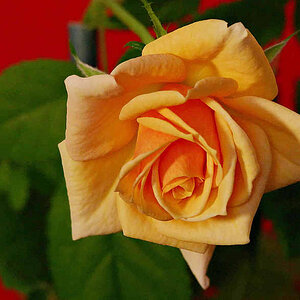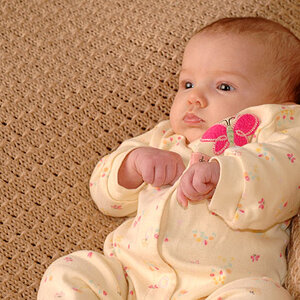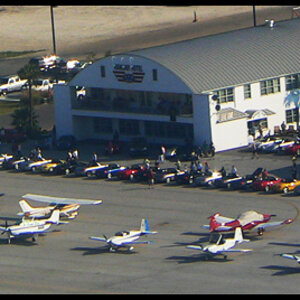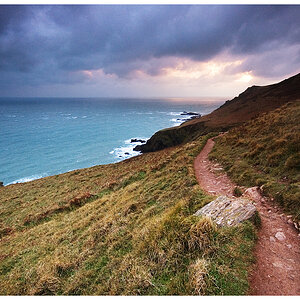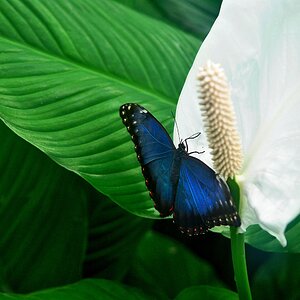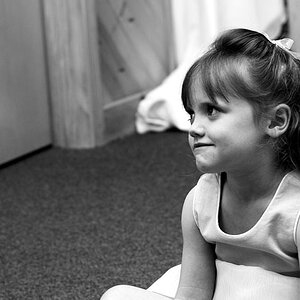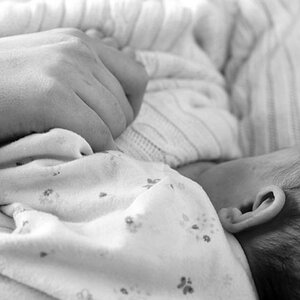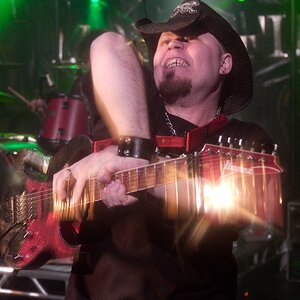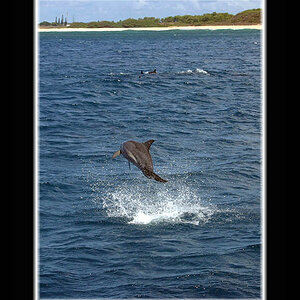smackitsakic
TPF Noob!
- Joined
- Mar 21, 2010
- Messages
- 246
- Reaction score
- 8
- Location
- Saskatchewan
- Can others edit my Photos
- Photos OK to edit
I was at the lake this past weekend and took some night photos of the lake/reflection/sky. I'm a bit disappointed in how they turned out. I was hoping for everything to be a bit sharper and the colours to be a bit brighter.
What can I do better when i'm back at the lake two weeks from now?
Thanks! (all photos were metered off of the sky to the right of the sun, except for the shot of the moon which was metered off of the reflection and the 5th picture which, out of curiousity, I shot in automatic mode)
1

2

3

4

5

What can I do better when i'm back at the lake two weeks from now?
Thanks! (all photos were metered off of the sky to the right of the sun, except for the shot of the moon which was metered off of the reflection and the 5th picture which, out of curiousity, I shot in automatic mode)
1

2

3

4

5







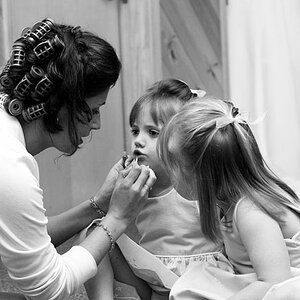
![[No title]](/data/xfmg/thumbnail/37/37104-99933b18ee16678a8299f12747336d48.jpg?1619737882)
